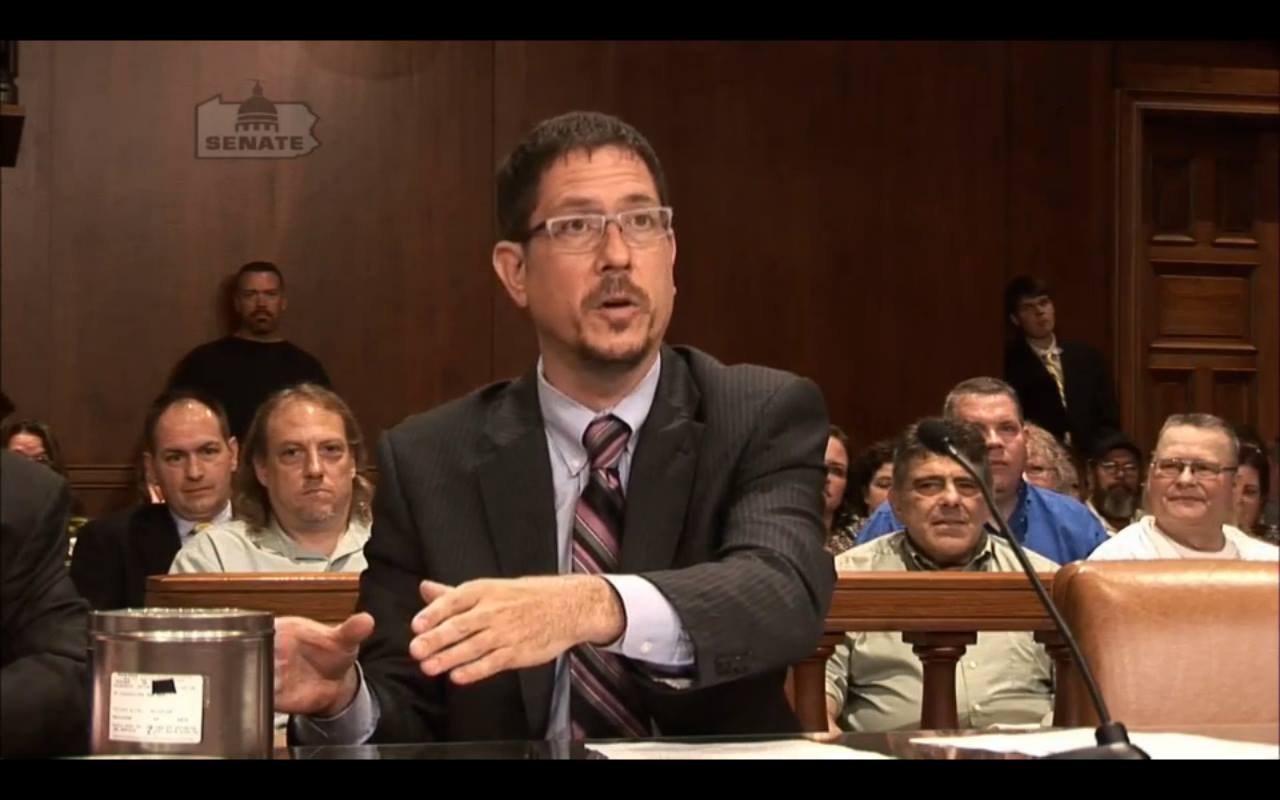Demystifying the Process of Federal Appeals: What You Need to Know
Navigating the elaborate realm of federal charms can usually seem like passing through uncharted waters for those unfamiliar with the process. Recognizing the nuances of appellate court territory, the complexities of submitting a notice of appeal, presenting a compelling quick, and making a persuasive oral disagreement are crucial elements that can substantially influence the end result of a case. By deciphering the layers of complexity bordering government appeals, individuals can obtain a clearer understanding into the mechanisms that regulate this vital phase of the lawful system.
Comprehending Federal Appeals Process
Delving right into the detailed realm of the federal charms procedure unveils a organized and systematic journey with the judicial system - alabama federal appeals attorneys. Federal charms function as an essential mechanism for assessing decisions made by reduced courts. Understanding this procedure is essential for any individual associated with lawful process at the federal level
The process commonly starts with a party disappointed with a lower court's ruling filing a notification of allure. This sets off an evaluation by a greater court, where a panel of judges assesses the lawful arguments provided by both events. Briefs outlining the legal thinking behind each celebration's placement are submitted, and oral arguments may be heard to make clear intricate issues.
The appellate court's decision is based upon a detailed examination of the reduced court's proceedings and the debates presented. The courts do not review facts but focus on whether lawful mistakes occurred that influenced the lower court's choice. As soon as the appellate court reaches a choice, it can verify, turn around, remand, or customize the reduced court's judgment, supplying clarity and finality to the legal disagreement. Recognizing this process is essential for browsing the complexities of government charms successfully.
Appellate Court Jurisdiction Explained

Appellate courts have jurisdiction over certain kinds of instances, generally those including legal errors, procedural issues, or questions of law as opposed to factual disputes. The jurisdiction of appellate courts is usually detailed in statutes and laws that control the court system. Understanding appellate court territory is essential for celebrations entailed in the appeals process as it determines whether an instance is eligible for testimonial and the level to which the appellate court can intervene in the reduced court's decision.
Declaring a Notice of Allure
The preliminary action in commencing the government charms procedure includes filing a Notification of Appeal with the proper appellate court. best massachusetts federal appeals attorneys. This critical document officially notifies the court and the other celebrations entailed in the instance that the appealing event plans to seek a testimonial of the reduced court's decision. Submitting a Notice of Allure is a strict step-by-step need that establishes the appellate process in motion
When preparing the Notification of Allure, it is important to guarantee conformity with the particular rules and standards of the relevant appellate court. The paper must normally consist of details such as the case name, the reduced court's name, the day of the judgment being appealed, and a concise statement indicating the grounds for the charm.
Timeliness is important when filing a Notification of Appeal. Missing the due date for submitting this paper can lead to the allure being dismissed, highlighting the importance of exact and prompt initiation of the allures procedure. It is recommended to look for legal support to navigate the intricacies of filing a Notification of Charm properly.
Briefing and Oral Debate
In the appellate procedure, providing created briefs and involving in dental arguments play critical functions in promoting for the appealing event's position before the appellate court. Briefs are extensive legal files that outline the parties' disagreements, lawful authorities, and analysis supporting their positions. These written submissions supply the court with a thorough understanding of the facts of the case, the appropriate regulation, and why the appealing party believes the reduced court's decision ought to be overturned.
Following the submission and review of the briefs, dental arguments supply the celebrations an opportunity to more clarify their placements, attend to any kind of questions the appellate judges might have, and highlight bottom lines from their composed briefs. Dental debates are a possibility for the attorneys to convince the courts with spoken campaigning for and reactions to queries from the bench.

Getting the Appellate Court Choice

Final Thought
To conclude, the government allures procedure is a facility however vital step in seeking justice. Recognizing the appellate court jurisdiction, filing a notification of allure, preparing briefs, and presenting dental debates are all vital elements of this process. Inevitably, getting the appellate court decision can supply quality and resolution to lawful disputes. It is necessary to browse the government allures procedure with persistance and attention to detail to achieve a reasonable result.
As we advance from comprehending the government allures procedure to studying the details of appellate court jurisdiction, a fundamental aspect comes to light concerning the authority and restrictions of these go to the website higher courts in the lawful landscape. Appellate court jurisdiction refers to the extent of situations that a specific appellate court has the power to determine and assess upon. Unlike test courts that listen to situations for the initial time, appellate courts are limited to examining choices made by lower courts. Comprehending appellate court territory is essential for celebrations entailed in the appeals process as it establishes whether a situation is eligible for review and the extent to which the appellate court can interfere in the lower court's decision.
Whether the appellate court attests, turns around, or remands the lower court's choice, comprehending the ramifications of the ruling is critical for all events included in the appellate procedure.